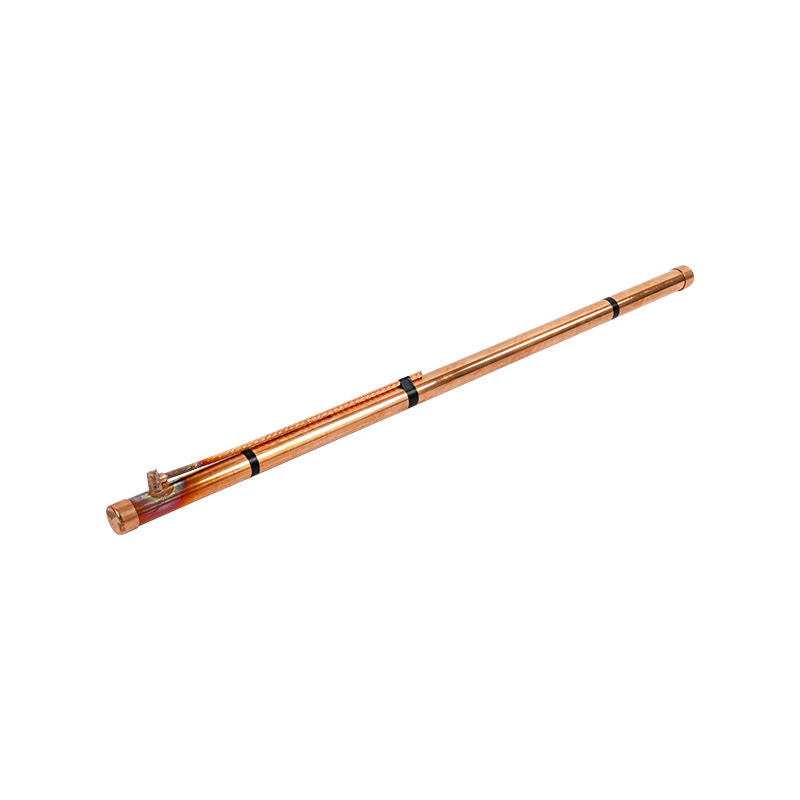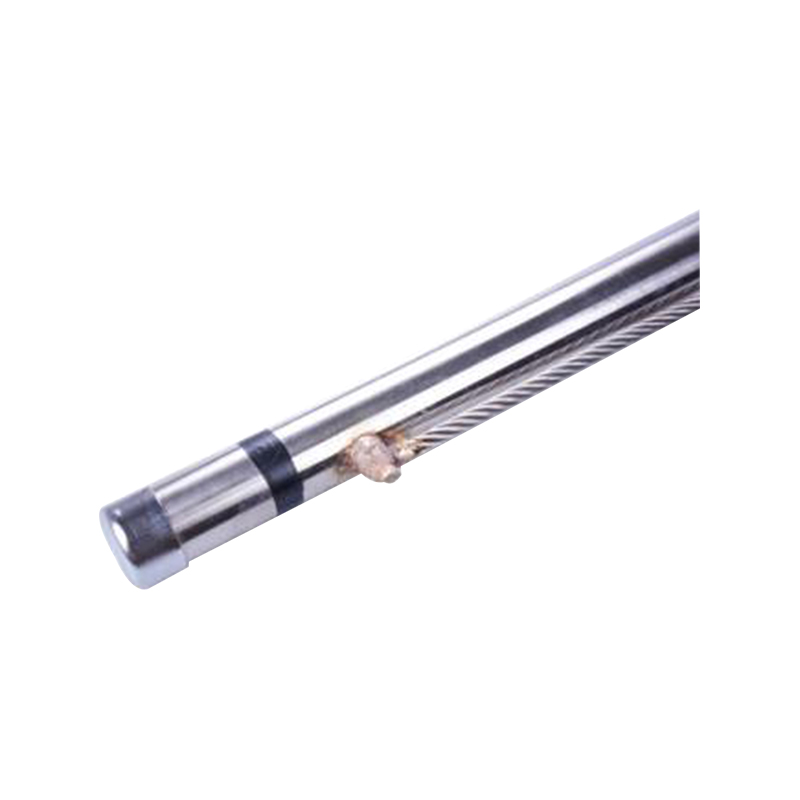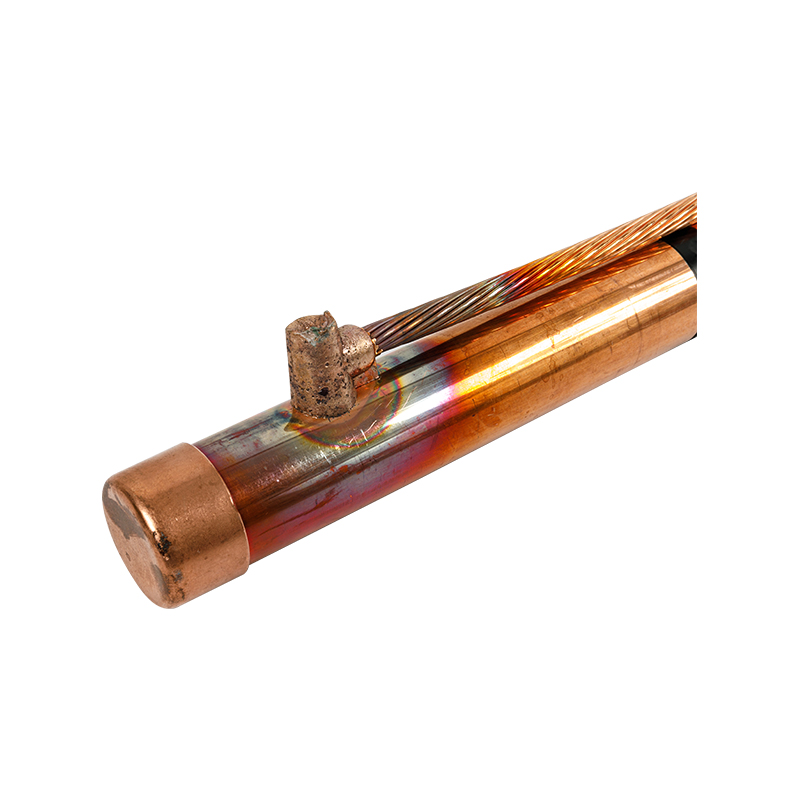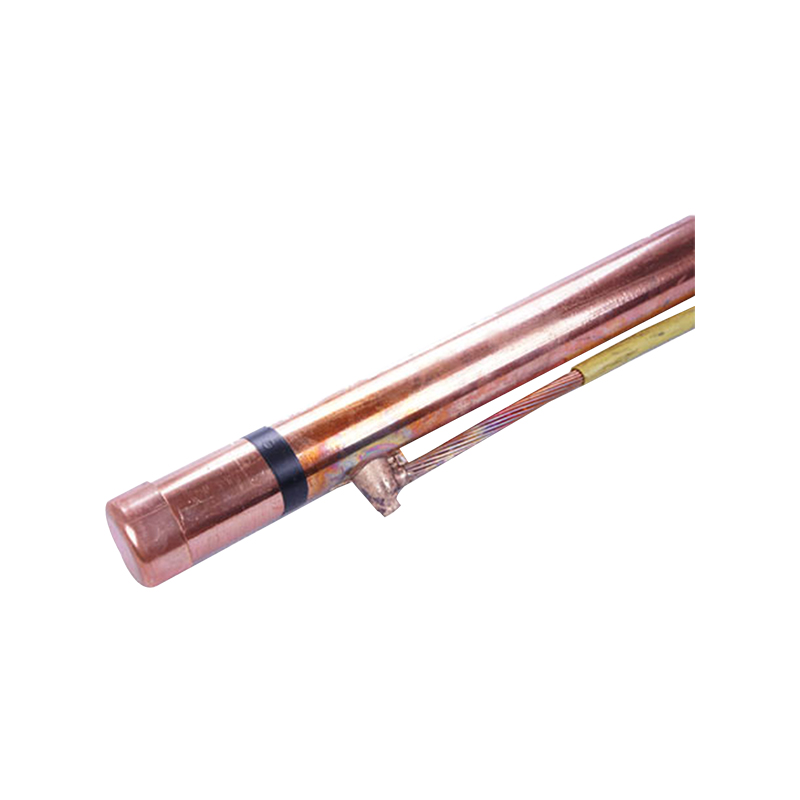Chemical Grounding rod is an efficient grounding system in locations of high soil resistivity. The electrode is pre-filled at the factory with electrolytic salts can releases water to the surrounding soil which the salts have absorbed when appropriate. Together with high efficient grounding enhancement material as backfill, the system dissipate lighting energy and other dangerous electrical fault currents, even in sandy or soil conditions.
Chemical Grounding rod
-
Features & Advantages
1.Product life >50 years, good acid endurance, alkali endurance and salt resistance
2.Impact withstand current density ≥1000KA/m Power frequency withstand current ≥5KA/m -
Index & Specification
Model
Diameter
Length
Ph Value
TGE50-1000
50 mm
1000mm
7±5%
TGE50-1500
50mm
1500mm
7±5%
TGE50-3000
50mm
3000mm
7±5%
TGE55-1000
55 mm
1000mm
7±5%
TGE55-1500
55mm
1500mm
7±5%
TGE55-3000
55 mm
3000mm
7±5%
The material can be pure copper ,copper clad steel, stainless steel
-

about us
Our Story
Xinchang TuAn Machinery Co., Ltd.Rooted in the past, facing the future?
Based on customer needs, connect the products and technologies required by customers with the scientific research capabilities of universities to achieve innovation based on customer needs.
TuAn is famous China Chemical Grounding rod manufacturers and Chemical Grounding rod factory, the company continuously strengthens cooperation with upstream and downstream enterprises, rapidly expands comprehensive service capabilities, and transforms from a single lightning protection enterprise to a comprehensive large-scale project supporting enterprise. After years of accumulation, TuAn has formed a stable customer base covering important fields such as petroleum and petrochemical, high-speed rail, and electric power.
Recommended Products
What maintenance procedures are in place to ensure long-term performance of chemical ground rods?
To ensure the long-term performance of chemical ground rods, Xinchang TuAn Machinery Co., Ltd. usually follows the following maintenance procedures.
Visual Inspections: Regular checks are conducted to assess the physical condition of the chemical grounding rods, ensuring that they are free from physical damage, corrosion, or signs of wear.Connection Checks: Inspecting the connections between the ground rods and grounding conductors is essential, as loose or corroded connections can impair conductivity and performance.
Salt Level Monitoring: Since chemical grounding rods release electrolytic salts gradually to improve soil conductivity, periodic testing is done to check if the salt levels are sufficient for optimal performance.Refilling Electrolytic Salts: In cases where salt levels have depleted significantly, the rods are refilled to restore their grounding effectiveness, ensuring they can continue to dissipate fault currents effectively.
Soil Moisture Monitoring: Since the grounding rod relies on salts releasing moisture into the surrounding soil, soil moisture levels are checked periodically, especially in arid or sandy conditions.Supplemental Moisture: In particularly dry areas, moisture may be added near the grounding rod to support effective conductivity, using either natural or artificial water sources.
Ground Resistance Measurements: Routine testing of ground resistance is critical to verify that the grounding system maintains a low-resistance path. Testing intervals vary depending on soil conditions and environmental factors, but they are generally conducted annually or semi-annually.Comparative Testing: Resistance measurements are compared with initial values to assess any significant deviations. Increases in resistance may indicate depletion of electrolytic salts or changes in soil resistivity.
Condition of Grounding Enhancement Material: The backfill material used around the rod is inspected periodically to ensure it hasn’t compacted or leached away. If degradation is found, replacement or replenishment may be necessary to maintain soil conductivity.Testing for Erosion or Soil Shift: Soil around the rod is examined for erosion or shifting, as changes in the ground structure can impact grounding performance.
Protective Coating Maintenance: Some chemical grounding rods are equipped with protective coatings to prevent corrosion. Inspecting these coatings periodically and reapplying them when necessary is important in highly corrosive environments.Cathodic Protection: In some cases, sacrificial anodes or cathodic protection measures may be used, especially for rods installed in highly corrosive soils, to extend the lifespan of the grounding rod.
Maintaining Maintenance Logs: Detailed records of all inspections, resistance testing results, and replenishment activities are kept for reference and to track performance over time.Comparison Over Time: By tracking changes in performance metrics, companies can identify trends that may indicate the need for preventative measures or upgrades to the grounding system.
These maintenance practices help ensure that chemical grounding rods continue to function efficiently, even in high-resistivity or challenging soil conditions. They also support the rod’s longevity, reduce the risk of grounding system failure, and maintain safety in critical installations.
 English
English 简体中文
简体中文











